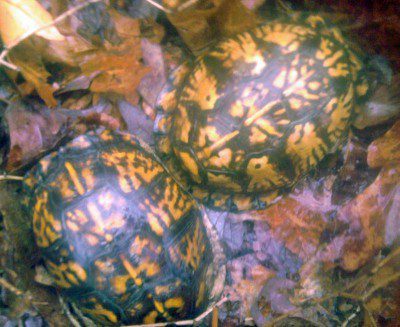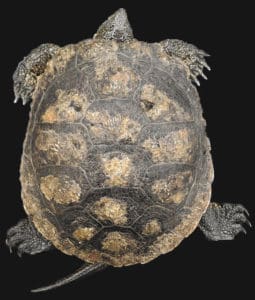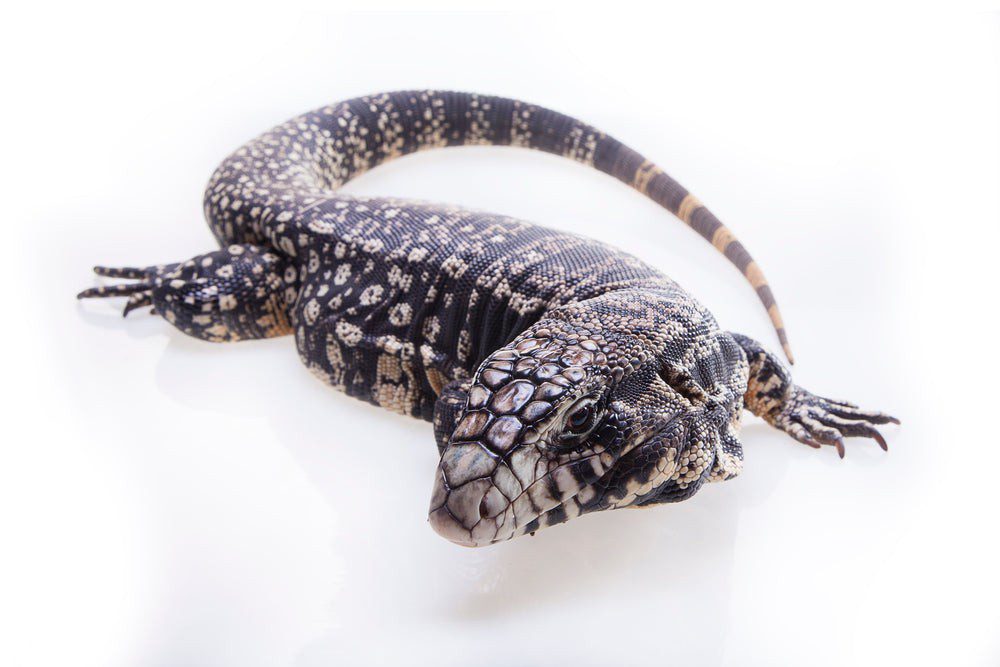
Tegu: maintenance and care at home
These exotic reptiles have a difficult character. They are very shy and cautious, wary of people, avoid increased attention. However, an owner with experience and a lot of patience will be able to make contact with the tegu.
In this article we will tell you how to create comfortable conditions for the lizard. We will explain how to feed the tegu, we will help you find an approach to an unusual pet.
Contents
Introduction
Description of the species
The Argentine tegu (Salvator merianae) is a fairly large and dense reptile with a powerful physique. His skin is pleasant to the touch, has a black and white color. These wayward lizards prefer wide spaces and large bodies of water. They are almost omnivorous, capable of digesting large amounts of food.
Living conditions and sizes
Tegus are native to South America. Most often, this species can be found in Brazil, Argentina and Uruguay. Their comfort zone is impenetrable jungle, located near streams and rivers.
The size of females is from 1 to 1,22 meters, males are even larger – from 1,2 to 1,35. However, in nature, individuals were met that reached almost two meters.
Containment Equipment
Terrarium
Such a large and strong lizard needs a terrarium that meets all its parameters. When choosing the right option, it is worth considering that these reptiles love to jump and climb. They are quite capable of getting over a one and a half meter obstacle.
The size should also depend on the age of the tegu. Until the fry have reached 60 cm, a container with parameters of 90 × 45 × 45 cm will suffice. Reptiles that have reached adolescence will need a larger dwelling – 180 × 60 × 45 cm. But you can do without an intermediate option and immediately move the grown lizard to the terrarium for adults.
To keep the reptiles calmer, and you can easily control the level of temperature and humidity, choose glass models. The rim should be high enough to fill the terrarium with a deep layer of substrate that these lizards love to dig in.
Heating
For heating, incandescent lamps and combined 3 in 1 lamps with ultraviolet light are used. Their power is selected depending on the size of the terrarium and its height. The background temperature should be in the range of 24-27°C, under the lamp – up to 45°C. To control it, you need to purchase an electronic or infrared thermometer.
Ground
Wood soil is used as a substrate. The main tasks of the filler are to allow the lizard to dig comfortably, as well as retain moisture and not mold.
shelters
In the terrarium, you need to place a large layer of soil in which the tegu can easily burrow to rest. Additional shelters in the form of caves will not interfere. The size is selected according to the age of the lizard. To make her feel comfortable, the shelter should not be too spacious.
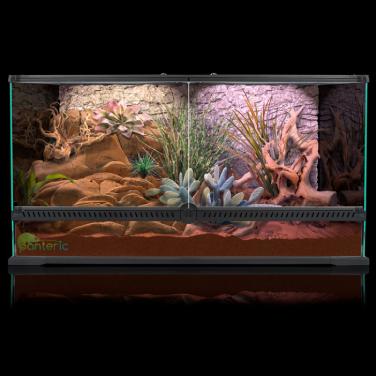
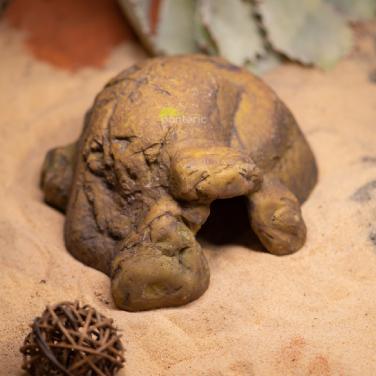
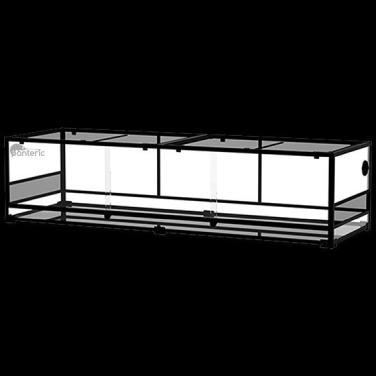
The decor is usually stable large stones and large snags, artificial plants.
World
Argentine tegu needs ultraviolet rays. In the terrarium, UVA and UVB lamps are mandatory.
You need to light the terrarium for about 12 hours a day. At night, you can use lamps or fixtures that mimic moonlight. In this way, you can artificially recreate the conditions familiar to the tegu, including the change of day and night.
Humidity
These reptiles love to comfortably sit in a pond, so you need to install a spacious pool for your pet. It should be deep enough for the tegu to sink completely into it. Lizards often turn over the structure with water. Therefore, the drinker must be stable and heavy.
Humidity in the home is maintained at 70%. To do this, several times a day, the space is sprayed with warm water and the substrate is moistened once a week.
Feeding the Argentine Tegu
Representatives of the species Salvator merianae can eat almost everything that comes their way. Babies are fed daily. The diet should be dominated by insects – locusts, crickets, cockroaches and zofobasy. Each feeding should be given from 10 to 15 pieces. A couple of times a week, the pet should be offered a vegetarian menu – grapes, zucchini, melon, etc. Once every seven days, you can treat the tegu with a baby rat or mouse.
In the diet of a teenager, the amount of plant and animal food should be approximately the same. A growing body needs to be fed every day. In this case, the portion should be 2 times larger than that of babies.
The adult tegu’s diet is equally composed of plant foods, insects, and rodents.
FAQ
Reproduction
Reptiles reach sexual maturity by about three to four years. The mating season begins immediately after leaving hibernation. The females are building nests, and the males are trying to win their attention. Mating lasts several weeks.
The number of eggs in a clutch can be different – from 10 to 70 pieces. The duration of incubation is up to 2 months. During this period, females are very aggressive, they are ready to protect the nest from any danger.
How long do tegus live
Usually in captivity, these reptiles live up to 15 years. If the conditions of detention are as comfortable as possible, and the food is nutritious, then the period may increase.
Health maintenance
In order for an exotic pet to always be in good shape, you need to create suitable conditions for it. Maintain a certain level of humidity, provide access to clean water. The diet must be balanced. For the prevention of diseases, vitamins are given along with food.
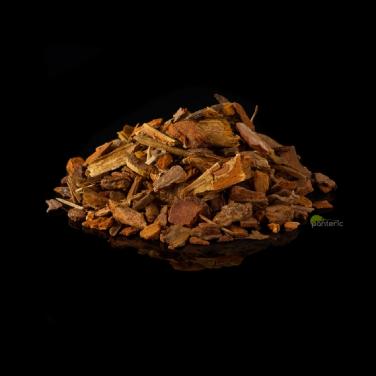
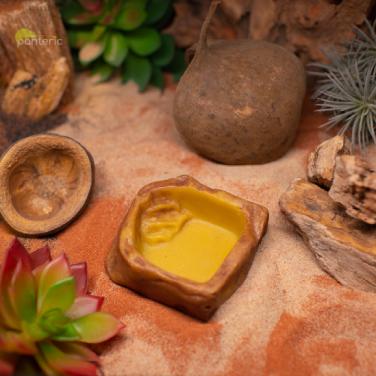
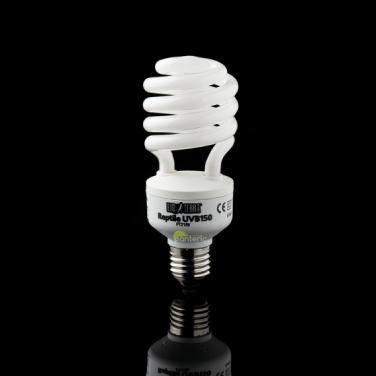
Communication with tegu
There are two ways to get in touch with your pet. The first implies that after a few weeks of adaptation, you will begin to take him in your arms for a few minutes a day. The tegu can scratch and bite, but you have to ignore its resistance. Keep in mind that in this case, the reptile may get scared and stop letting you in.
The second way is more delicate and effective. In the first month of a new life, they try not to disturb the pet. Contact only when necessary – if you need to change the water, put food, clean the terrarium. At first, the lizard will hide, but gradually calm down and get used to the hands. Then you can feed her with tweezers and touch her head. Only after the emergence of trust can you take the tag in your hands. However, the contact time should not be long. It will take more than one month to form a healthy relationship.
Interesting Facts
- Tegus cannot be tamed in the usual sense of the word, but they can be developed into a tolerance for humans.
- These reptiles are able to destroy everything in their path – live and artificial plants, feeders, drinkers and even a pool. Therefore, it is better to remove unnecessary items from the terrarium, and securely fix the necessary ones.
- Tegu owners often think that their pet is overfed, but this is not the case. The lizard looks dense and large due to the features of the physique.
Reptiles in the Panteric online store
Here you can purchase healthy reptiles, the right equipment and the right food. Specialists will consult you for free – they will tell you about the features of care, they will help you choose everything you need.
If you often travel on business trips and are worried about the state of your pet during these periods, leave it in our pet hotel. Each employee has extensive experience in caring for exotic animals, knows their needs and carefully monitors the condition of the guests. We guarantee the creation of safe and comfortable conditions, compliance with the diet. Our experts will take care of your pet.
Let’s talk about how to create comfortable conditions for a reptile and organize proper care.
In the article we will talk about the rules for keeping and hygiene of a reptile, diet and diet.
The article is all about the varieties of the Cape monitor lizard: habitat, care rules and life expectancy.




